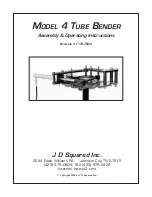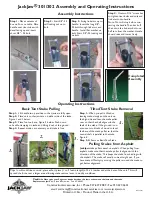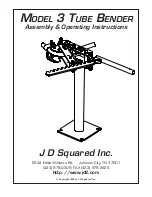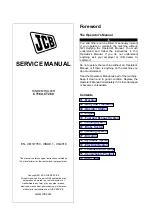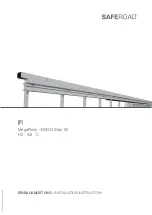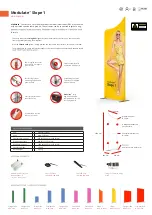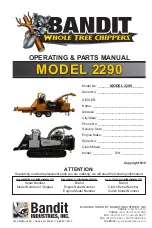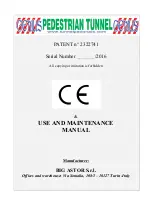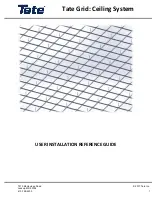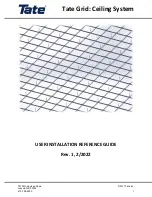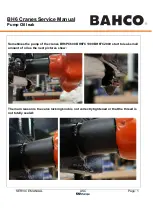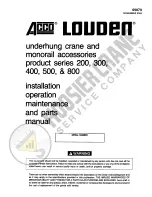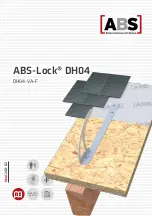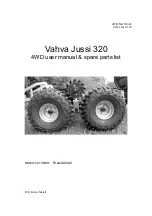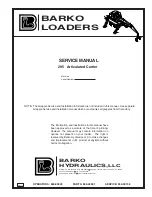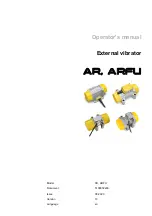
DRAINAGEMASTER INSTALLATION INSTRUCTIONS
Ensure that personnel carrying out this installation have the relevant qualifications/certificates.
Ensure that all relevant personnel read the points listed within this leaflet and that a copy is given to
staff involved with the installation and maintenance of this product.
Please refer to ‘The Manual Handling Operations Regulations 1992’.
Glasdon recommends that a full Health and Safety analysis is carried out prior to installation.
!
1
KIT CONTENTS
EQUIPMENT REQUIRED
1
- Drainagemaster
x1
2
- Ground Pegs
x6
-Spade
-Rubber Hammer
-Tape Measure
-Spirit Level
-Relevant Safety Equipment (gloves, reflective clothing, etc)
-Cold Bitumen (recommended for a water tight seal between the road edge and
grip)
Please note that diagrams are not to scale
1
See page 3 for instructions on
using the optional Extension
Channel.
Choose the location where the
Drainagemaster is to be installed and
check for buried services. Ensure it is
to be located where pooling water
will be able to flow off the road and
through the channel i.e. by a gully, at
a lower part of the road.
Position the Drainagemaster where it
is to be installed and mark the width
and length using the pegs provided
(see figure A).
Put the Drainagemaster to one side
and dig a channel for the grip to lay
in, approximately 70mm deep. Add a
slight downward gradient for
optimum performance.
Position the Drainagemaster into the
prepared channel and ensure it lays
flat (if it doesn’t feel secure remove
and replace soil as required). For areas
of very hard soil we recommend
using sand to ensure a level
installation.
Ensure front of the Drainagemaster is
located up to the edge of the road
ensuring no soil is left between. Also
ensure the channel is slightly lower
than the roads edge. Use a spirit level
to check the Drainagemaster is on a
downward gradient (see figure B).
ROAD EDGE
Figure A
Figure B
2
3
4
5
Spirit Level
TM




